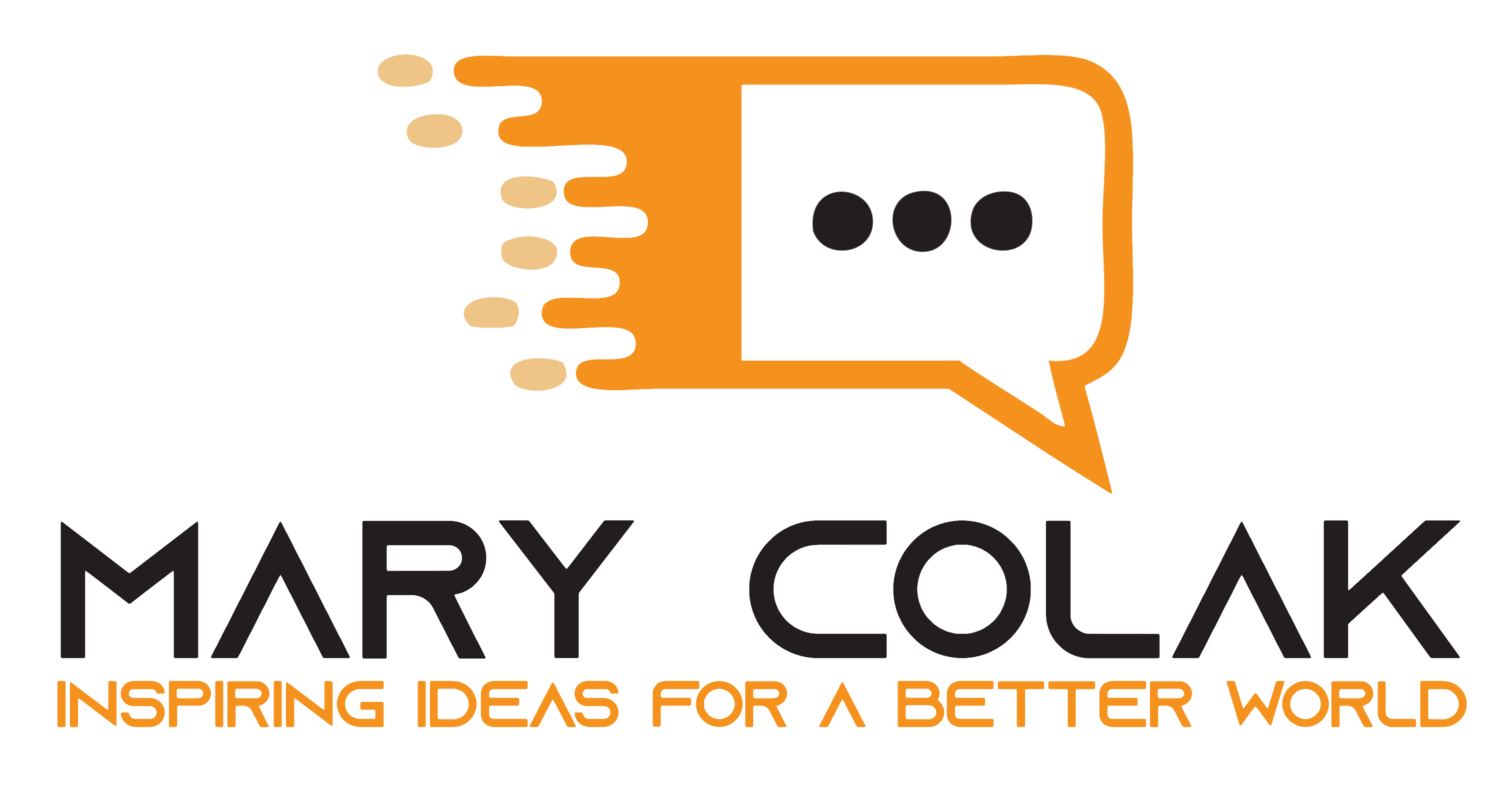newsletter archive.
(Previously published under the title Extreme Profits
under ISSN 1925-8941)
The brain in change management, downsizing teams
Change management is an over-discussed topic, so why am I discussing it here? There are two reasons.
First, people rarely get change right. Second, managers tend to lose sight of how technology is changing (ahem) change initiatives.
Trust vs fear, how to build trust in teams
How do you build trust? According to Harvard, the simplest way to build trust is to create a perception of similarity. That is, we trust those that we believe are similar to us.
We can find that similarity with those that participate in similar hobbies, work at the same company, attend the same church, play the same sports, and so on. In this way, we form a ‘bond’ with that person; a bond that enables us to influence, and be influenced by, that person to achieve our goals. Our work performance is better when we work with those we trust. However, some organizations also get good job performance through fear. Let me explain.
Creating effective teams, change initiatives
Working with teams can be the best of times or the worst of times! Fundamentally, teams change the way people on the team relate to each other, to the organization, and to management.
Team dynamics, balancing the team
While poor team dynamics can occur in any organization, Lean organizations want to avoid this occurrence at all costs. Why? Poor team dynamics can kill projects even before they start!
When working with a team, be it a focus group, Kaizen team, project team, or any type of group in between, prevention of maladaptive behaviour needs to start right at the beginning of the first meeting. Set the stage for effective teamwork with ground rules.
Do you need a coach? Coaching culture
In a 2001 study, Manchester Inc. surveyed executives that received coaching. The respondents were from large (mostly Fortune 1000) companies who received "change oriented" coaching aimed at improving certain behaviors or skills or "growth oriented" coaching designed to sharpen overall job performance.
Too much is bad for business, balancing act
Office processes are often neglected, yet account for more than half the lead-time in many companies and can account for more than 25 percent of the cost of goods sold. In offices, an absence of measurement for processing activities or a lack of appreciation for the impact and benefits of lead-time reduction contribute to waste. Of these wastes, overproduction is significant.
